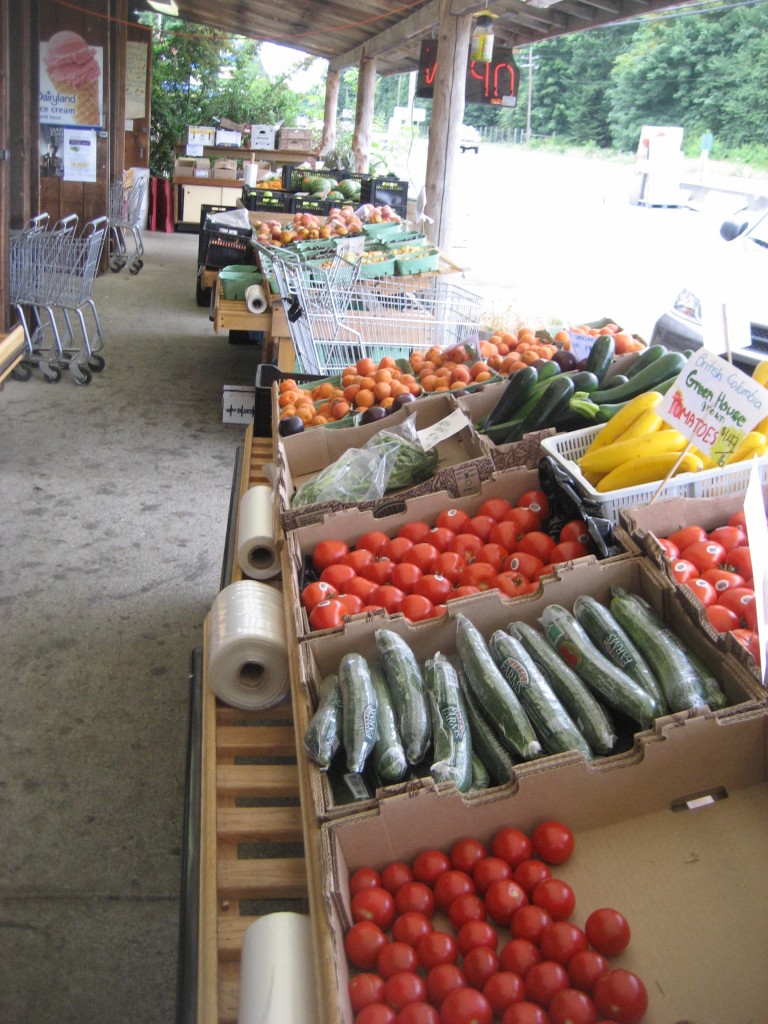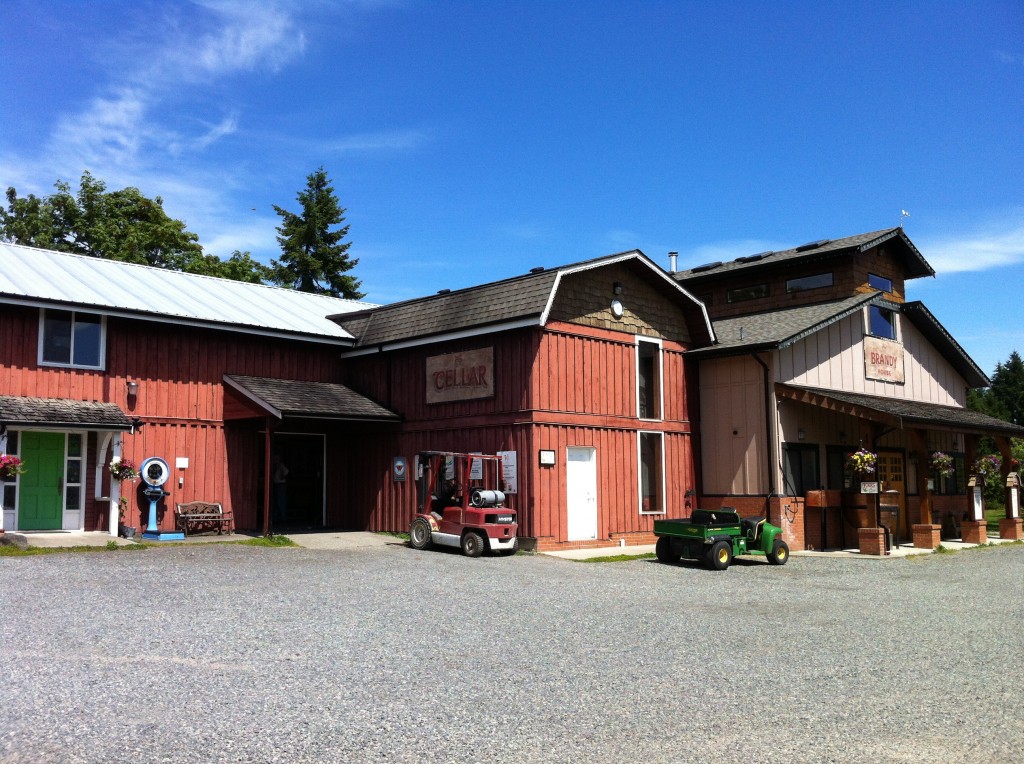In the past, development and agriculture have been in contention with one another, both competing for land, especially on the fringe of metropolitan areas. The current polarity between agriculture and development land uses undermines potential for sustainable food systems. AU offers an alternative to this polarity. In growing metropolitan areas the AU approach can reposition farmland and other food growing areas to serve a different and more strategic role in a community’s sustainable food system. In order to describe how AU is applied, a number of development scenarios can be considered:
1) High density development
- In a high density scenario, AU focuses on providing community and urban gardening, productive (edible) landscaping, farmers markets, a strong presence of cafes and restaurants, food markets, places for food festivals, CSAs, integration of food processing into the urban areas, celebrating a culture of local food, and food security for low income populations, as well as others.
2) Suburban development
- In a more suburban context, the focus of AU is on community gardens where multi-family housing exists, applying the more urban approaches above to commercial areas, preserving farmland wherever possible, and ultilizing the lower density development’s green spaces to be as agriculturally productive as possible.
3) Rural edge development
- In the controversial (but often unavoidable) points of conflict where cities and towns are expanding on their edges and encountering farmland, an AU approach first strongly pushes for protection of that farmland. Where farmland will become involved in development, the AU approach looks to choreograph development into smaller areas of the highest density possible on the areas of least desirable farmland, and then use profits from the development to permit the deeding of over half of the land to a land or agricultural trust for preservation in perpetuity, and then endowing educational and management capacity to train farmers and focus agriculture on organic, high intensity and high value production that actually can benefit from being near an urban population rather than being compromised by its location. In addition, the design of these “new agricultural villages” focus their character and economy on linking the agriculture directly to the customers in the nearby communities through providing farm-direct markets, agro/food-festivals and events, CSAs, agro-tourism, and others. In these situations, any development on farmland must significantly contribute to responding to mitigating areas of market and government failure in supporting truly sustainable urban and regional food systems (such as supplying training and support for new farmers, etc).


